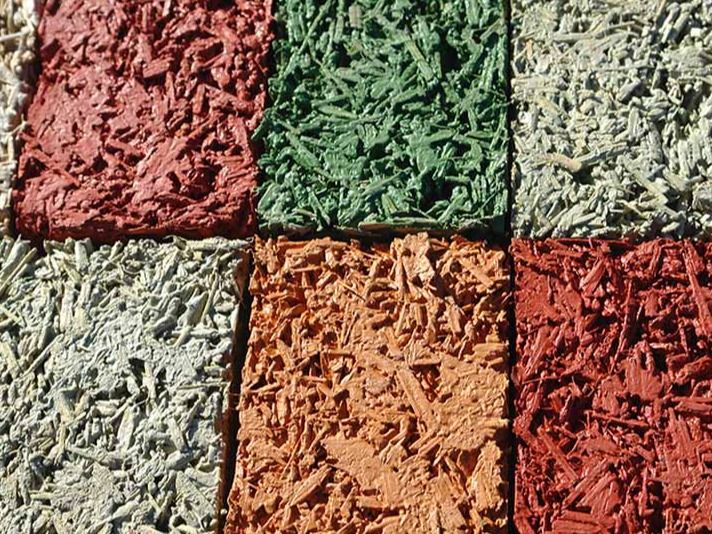
Added: Oct 05, 2021
Last edited: May 19, 2022
Hemp is emerging as a valid bio-based alternative to concrete, inspired by environmental and energy-saving criteria. Hemp concrete, in fact, is a carbon-negative material: the carbon hemp absorbs as a plant makes up for the carbon emitted during the processing phase of hempcrete. More, it has a positive health impact as it releases no chemicals, and performs well technically, for acoustic and thermal insulation. Many projects are already proving their great potential:
- Regional House Edeghem | BC architects (Brussels, BE)—is an educative and participative experience that explores an ecological and sustainable approach to construction. The hempcrete is used to insulate the facades and the roof and is left untreated to maintain its breathability, making the building CO2-negative.
- Flat House | Practice Architecture + Material Cultures (Cambridgeshire, UK)—is a pre-fabricated hemp-based construction made of a brand new hemp fiber cladding product. The collaboration led to the establishment of Material Cultures, a research organization whose aim is to explore biomaterials in the context of off-site construction.
- Pierre Chevet Sports Center | Lemoal Lemoal (Paris, FR)—is carried by a wooden half-vaulted frame that is adjoined to the hempcrete walls for support. Hemp is also used for insulation.
- Hemp House | Steffen Welsch Architects (Collingwood, AU)—is the first hempcrete house in Australia. Hemp was chosen to optimise heating and cooling thanks to its breathability, while not forgetting quality of aesthetics, acoustics, and air quality, given that it is an effective acoustic insulator, and it creates a cosy and warm atmosphere.
- Mobius House of Hemp Bricks and Concrete | Gibbons Design—is entirely made out of hempcrete blocks reinforced with concrete, which expresses the house’s connection with nature.
With environmental crises arising mostly as a result of the construction industry, more conscious choices about building materials are required. Architects and builders have been attempting to use natural materials in buildings since the dawn of our profession, whether in their raw form, such as bamboo, or processed and blended into other materials. Exploring building materials with low environmental impact has piqued the interest of today's architects and construction professionals, especially as many worldwide issues worsen.
Hemp is one alternative building material that has been approved. It is a cost-effective alternative building material. Hemp is an environmentally benign substance throughout its entire lifecycle: it absorbs carbon dioxide when growing, is a good insulator and non-toxic material when used in construction, and can be recycled and reused after demolition.
Hemp is an excellent building material when considering the three pillars of sustainability: planet, people, and profit. It is eco-friendly, generates healthy interior environments, and is cost-effective. Hemp is becoming more popular over time; nevertheless, because it is a relatively new substance, it is difficult to work with. To support the material, further technical studies and trials are needed, and construction professionals must comprehend the key concepts and processes before working with hempcrete. Problems arise mostly as a result of the incorrect assumption that hemp performs similarly to traditional building materials. Such issues, on the other hand, can be simply remedied after obtaining knowledge and expertise.

Prioritise regenerative resources
Design for the future
Regenerative materials
Design out waste
Design for cyclability
Alternative bio-based materials and inputs
Material efficiency
Design for resource efficiency
Design for bio-degradability
Ecological Impact
Social Impact
Economic Impact
Well-being
Innovation
Reduce Emissions (SDG13)
Reduce Material Consumption (SDG12)
Reduce Energy Consumption
Construction and Infrastructure
Construction and Real Estate Services
Construction Materials and Products
Regenerate
Reduce
Prioritise renewable resources
Design infrastructure and the built environment for resource efficiency
Australia
France
belgium
united kingdom
